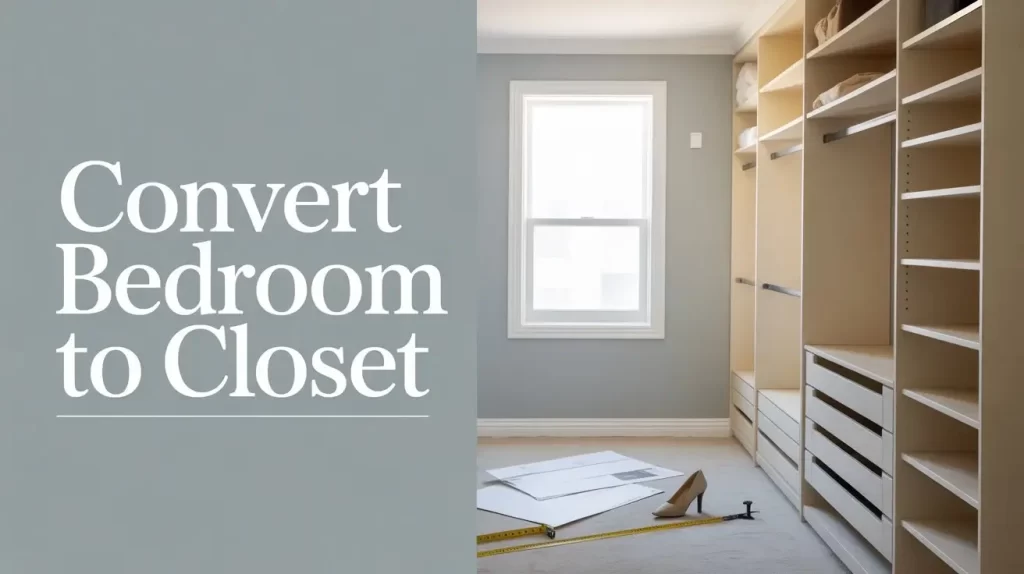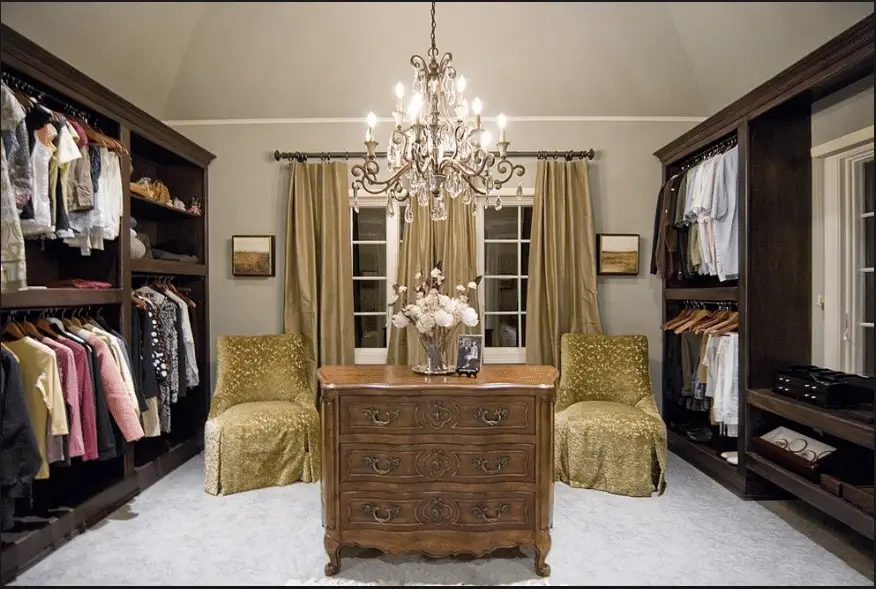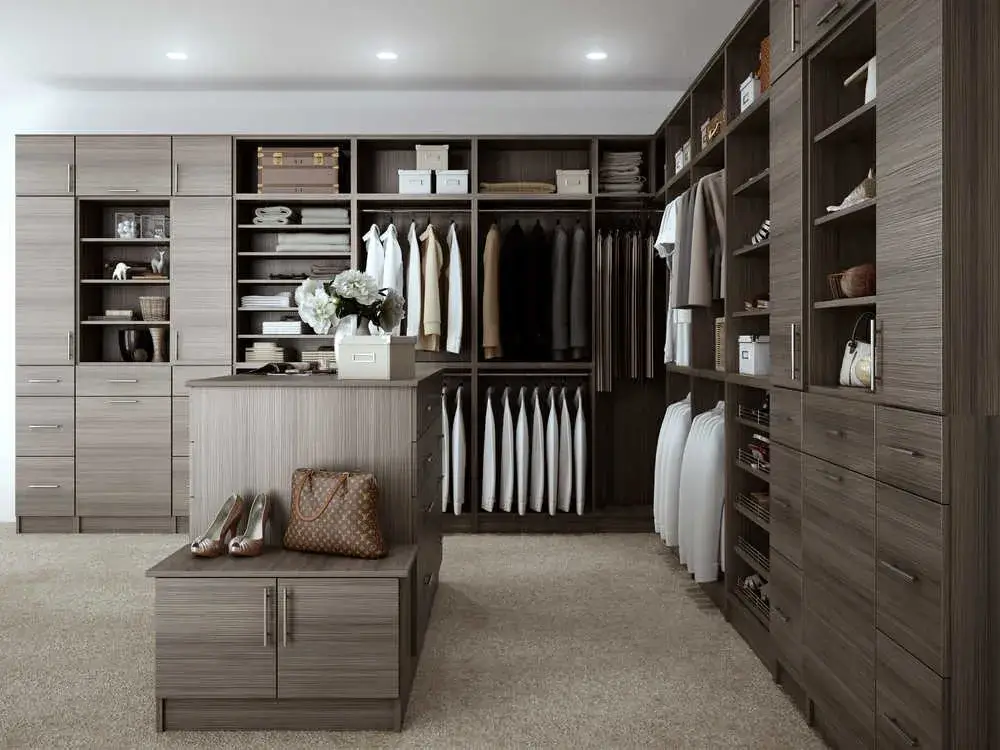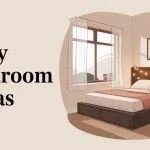Ever looked at a spare room and thought, “This could be my dream walk-in closet”? You’re not alone. Many homeowners want to make better use of extra space, and learning how to convert bedroom to closet is one of the smartest ways to do it. Not only does it help you stay organized, but it also adds style and value to your home.
In this guide, you’ll discover practical steps, design ideas, and expert advice on how to convert bedroom to closet efficiently. Whether you’re planning a small bedroom makeover or a luxury transformation, these tips will help you get started the right way.

Content
Why Convert Bedroom to Closet Makes Sense
Before jumping into the “how,” it’s important to understand why homeowners choose to convert bedroom to closet.
Doing so allows you to:
- Maximize unused or cluttered space
- Create a dedicated area for clothes, shoes, and accessories
- Improve daily organization and routine
- Increase the aesthetic and resale value of your home
I once helped a client convert bedroom to closet, transforming a dusty spare room into a boutique-style wardrobe area. The end result was a beautifully functional space that made her mornings easier and more enjoyable.
Planning Your Walk-In Closet Conversion
Every great project starts with proper planning. Rushing into your convert bedroom to closet project can waste time and money, so it’s best to create a solid plan first.
Space Assessment
Begin by measuring your room and evaluating the layout. Consider:
- Wall space for shelving or hanging rods
- Ceiling height for tall storage units
- Floor space for an island or seating
Accurate measurements are the foundation of an efficient convert bedroom to closet project.
Lighting and Environment
Lighting plays a major role when you convert bedroom to closet. If possible, use natural light, and supplement it with LED strips or ceiling lights. Proper lighting ensures every corner is visible and adds luxury to your setup.
Professional Design Planning
If you’re not confident in DIY work, hire a professional. They can help you convert bedroom to closet with a balanced layout, custom cabinetry, and optimized lighting placement for the perfect look.
Design and Layout Tips

Once planning is done, it’s time to design the layout. A well-thought-out design, especially when exploring tiny bedroom ideas, makes your convert bedroom to closet project more functional and stylish.
Create Storage Zones
Divide the space into zones for different needs:
- Hanging areas for clothes
- Shelves for shoes and bags
- Drawers for folded items or accessories
When you convert bedroom to closet, these zones help you stay organized and maintain a clutter-free space.
Add Practical Features
Enhance usability by adding mirrors, seating, and pull-out racks. Small details like these elevate your convert bedroom to closet project, making it both practical and elegant.
Choose Smart Storage Solutions
Built-in shelves, modular units, and adjustable organizers are must-haves when you convert bedroom to closet. They offer flexibility, especially for small spaces. With smart spare room ideas, even a tiny bedroom can transform into a spacious and organized walk-in closet.
Creating a Luxurious Walk-in Closet Atmosphere
The finishing touches define the comfort and appearance of your closet.
Lighting Design
Layer your lighting add ambient ceiling lights, accent shelf lights, and focused task lights. This not only enhances visibility but also gives your convert bedroom to closet project a high-end boutique feel.
Material Selection
Choose quality materials like wood, laminate, or metal finishes. These details ensure your convert bedroom to closet project blends seamlessly with your home’s overall design.
Personal Touches
Add rugs, art, and decorative boxes to give the space character. These final touches make your convert bedroom to closet transformation truly yours.
Real-Life Example: From Spare Bedroom to Dream Closet

I recently helped a homeowner convert bedroom to closet in a 10×12 ft spare room. Here’s what we did:
- Planning: Installed open shelves, drawers, and hanging rods.
- Lighting: Added LED strips under shelves and a chandelier in the center.
- Storage: Customized pull-out racks for shoes and handbags.
- Style: Included a plush rug and a small vanity area.
The result was stunning what was once an unused bedroom became a beautifully organized, luxurious walk-in closet. This shows how you can convert bedroom to closet efficiently, even in smaller spaces.
Final Steps to Ensure Success
To wrap up your convert bedroom to closet project:
- Measure carefully before purchasing materials.
- Focus on functionality first, then aesthetics.
- Use flexible storage options like modular units.
- Add personal décor for warmth and personality.
- Adjust the layout for convenience and efficiency.
By following these steps, you can convert bedroom to closet successfully and create a space that’s both practical and elegant.
Conclusion:
Choosing to convert bedroom to closet is one of the most rewarding home improvements you can make. With proper planning, thoughtful design, and quality materials, you can transform an unused room into a stunning, functional walk-in closet. Whether your space is small or spacious, these steps will help you convert bedroom to closet efficiently and enjoy a beautifully organized home for years to come.
FAQs About Converting a Bedroom to a Closet:
Q1: How long does it take to convert a bedroom to a closet?
A: Depending on complexity, it can take from a weekend for DIY projects to a few weeks with custom cabinetry.
Q2: Can a small bedroom become a functional walk-in closet?
A: Yes! With smart storage solutions, lighting, and vertical shelving, even small spaces can feel spacious.
Q3: Do I need a professional for a bedroom-to-closet conversion?
A: Not always, but consulting a professional ensures efficient layout and quality finishes.
Q4: What storage solutions work best in a converted bedroom closet?
A: Modular shelving, pull-out racks, drawers, and hanging rods maximize functionality.

Alexis is a dedicated home improvement blog author who has a passion for writing. She enjoys blogging about all sorts of topics, from interior design to landscaping and more! She loves the outdoors and spending time in nature with her family. She also likes to bake in her free time.







